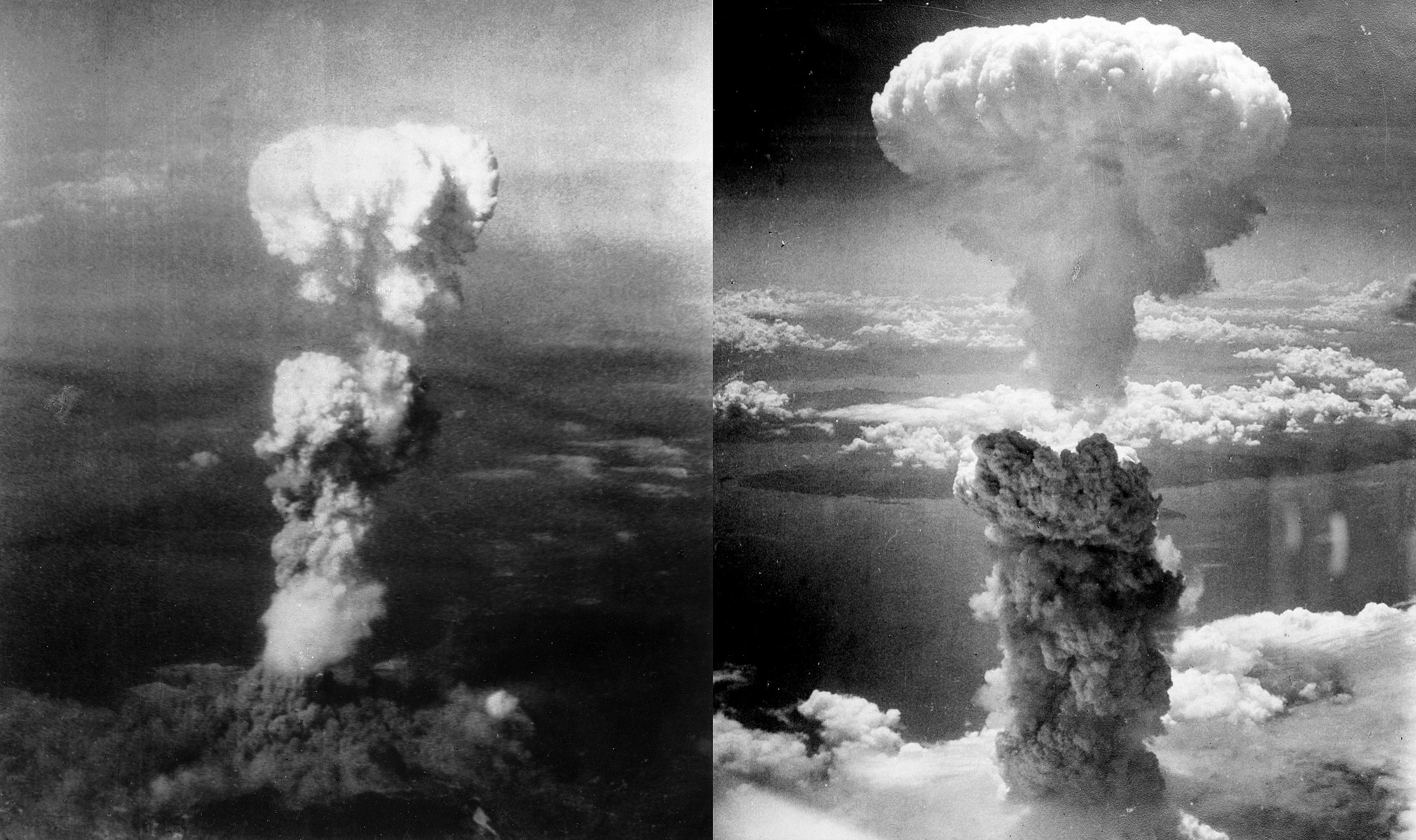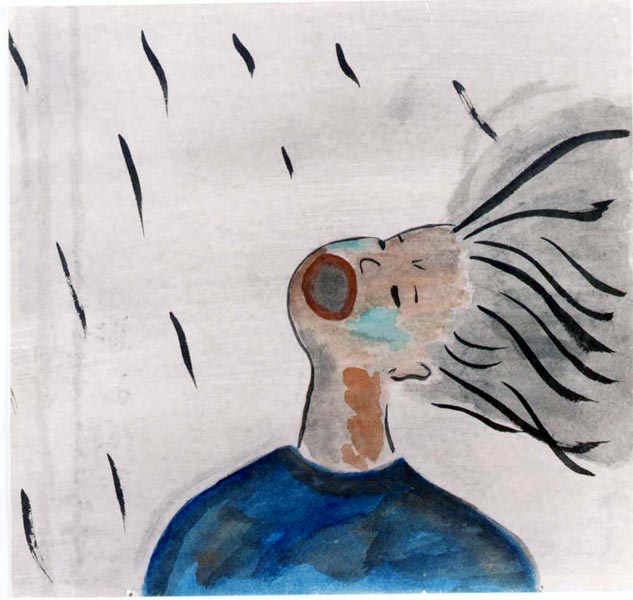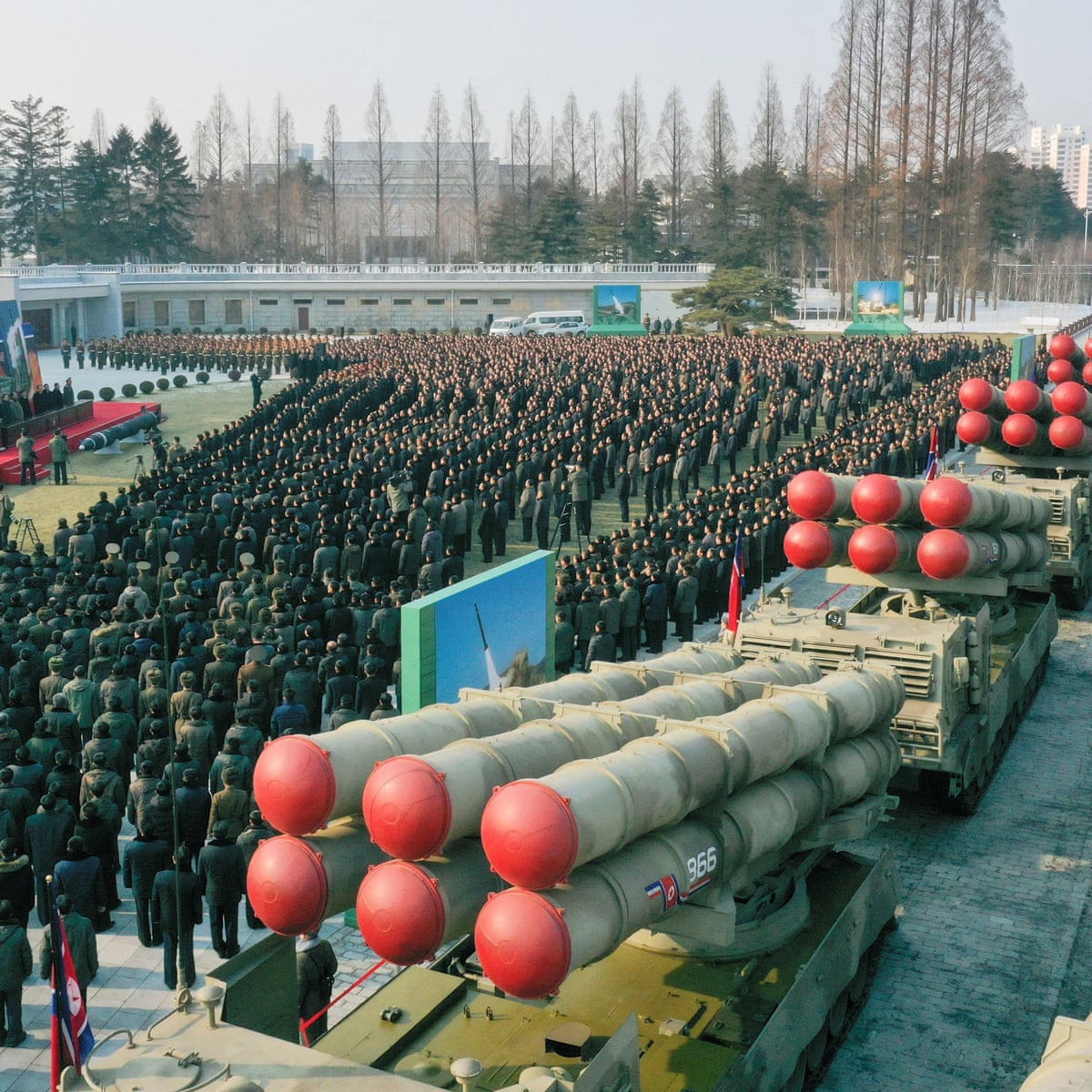In 1932, in Cavendish University, J. D. Cockcroft and E. T. S. Walton bombarded lithium with protons from a particle accelerator. The protons caused the lithium atom to split. Many scientists realised that if they continued to split uranium and plutonium atoms, with the protons from one atom splitting another and the process repeating in a process called fission, they could make a new source of energy. However, with this power, the results could also be used for much more sinister means.
August, 1939. About a month before the outbreak of WW2, Albert Einstein, a highly accomplished scientist who discovered the theory of relativity (E=mc2) sent a letter to Franklin D. Roosevelt, then President of the United States, on a highly serious matter. Einstein believed that the Germans were working on a super weapon, a super weapon that would harness the power of Cockcroft and Walton’s work and make a fission bomb, that could wipe cities off the map. Despite being a pacifist, Einstein believed that such a weapon would be better in the hands of the Americans than the Germans. By August of 1942, the development of an atomic weapon was granted by FDR. A group of hundreds of scientists all were called upon by the US government to assist in the development of the technology.
One of the top scientists on the project, who led the scientific research and design of the bomb, was Dr J Robert Oppenheimer. He graduated in chemistry from Harvard and obtained his doctorate in physics from the University of Göttingen in Germany. Whilst abroad in Europe, he learned a lot about quantum physics, a field that was not that expanded in the United States.

One of the most notable German physicians was Werner Heisenberg, who thought of the famous Heisenberg Uncertainty Principle. Many believed that Heisenberg was working on the German Nuclear bomb.
Back to Oppenheimer, he joined the faculty of the University of California, Berkley, where he expanded the field of Quantum Physics in the United States, becoming a professor in 1936. He even partially discovered a black hole in 1939. He was considered to be one of the greatest minds in Atomic Research, the kind of man that the US was after. However, he was under observation by the FBI since 1941 due to his ties to communist groups and union activity whilst in California. Most notably, he was a leading figure in the Federation of Architects, Engineers, Chemists, and Technicians (FAECT), a white collar union for technical professions, and met many close friends through the Communist Party of the USA, of which his brother Frank was a member.
His wife, Kitty, was a former member of the Communist Party before leaving in the 1930s before they met. He also had an on and off affair with active Communist Party member, Jean Tatlock, who committed suicide in 1944. However, whether he was actually a member of the party was heavily debated. During his 1954 security clearance hearing, he testified that he agreed with many of the ideas of communism but would not tow a party line. He also openly campaigned and funded the Republicans in the Spanish Civil War, before joining the American Committee for Democracy and Intellectual Freedom, which campaigned against Jewish persecution in Nazi Germany. The group was later branded as communist during the era of McCarthyism. Him, as well as many other notable scientists such as Richard Feynman, Edward Teller and Isidor Isaac Rabi, were gathered in Los Alamos, a remote part of the New Mexican Desert where a small town was built in order for the scientists to do their research and accommodate their families.
The project, named the Manhattan Project, was worked on for months on end. The first contained chain reaction occurred in a secret lab under a Chicago University football stadium. The theory’s were now fact and the development of the bomb begun. During the time creating the bomb, Italy fell after an allied invasion and a small civil war. The Axis powers were on the ropes and the President, now Harry Truman after the death of FDR on April 12th of 1945, was confident that this bomb would be the final push to end the German War Machine. However, it ended a lot sooner than expected.
On the 21st of April 1945, the Soviet forces entered Berlin. Only 9 days later, Hitler fed cyanide to his wife, Eva Braun, and shot himself in his bunker in Berlin. A little over a week later, Germany surrendered. 2 out of the 3 major Axis powers were out of the war as well as the bomb’s target. Truman began to reconsider the target. He had been bombing the Japanese for months on end and he believed that a mainland invasion of Japan would only cost more American lives. With the Soviets beginning to invade Japanese occupied Manchuria, he decided what to do.

On July 16th 1945, in the middle of the New Mexican desert, a fireball erupted. The infamous Trinity Test had been conducted. The bomb worked. Around a month later, in the city of Hiroshima, Japan, the first bomb was dropped.

Buildings were instantly turned to rubble and people were vaporised on the spot, leaving only their shadows on the pavement. However, some would consider these the lucky ones. Akiko Takakura was at the Bank of Hiroshima when the bomb dropped. Despite being within 300 metres of the hypo-centre, she survived the initial bomb.
When I regained consciousness, I found myself in the dark. […] After a while, it began to rain. The fire and the smoke made us so thirsty and there was nothing to drink, no water, and the smoke even disturbed our eyes. As it began to rain, people opened their mouths and turned their faces towards the sky and try to drink the rain, but it wasn’t easy to catch the rain drops in our mouths. It was a black rain with big drops. […] We opened our mouths just like this, as wide as possible in an effort to quench our thirst. Everybody did the same thing. But it just wasn’t enough.
Takakura’s account of the aftermath of the bombing

Takakura’s account is likely due to the bomb vapourising all the exposed water in the surrounding area, hence her dire thirst. The evaporated water had then mixed with the radioactive soot in the atmosphere, producing the thick black rain. Her friend, who also drank the water, succumbed to radiation sickness.
Private Shigeru Shimoyama just stepped into a concrete reinforced warehouse that was only 6 blocks away from the hypo-centre. He was flug against a back wall by the force of the explosion, saving him from falling debris. When he awoke, he found that his arms and shoulders had been impaled on nails protruding from the wall, leaving him hanging about a metre off the ground. Upon freeing himself and leaving the building, he spotted a group of bureucrats carrying a life sized portrait of Hirohito (Emperor Shōwa) throught the rubble. He spied a naval vessel patrolling through the river, full of dead bodies, which paused and the crew bowed to the Emperor.

He then turned around and saw a peculiar, pinkish white, fleshy horse. It was then that he realised the horse had gone through a phenomenon known as de-gloving, in which the skin of the horse was removed by the force of the blast, but still kept the horse alive. Shigeru, horrified, ran from the scene. Whenever he turned back, the horse continued to follow him.
Another soldier stationed outside the city heard the bomb go off and saw the mushroom cloud arise from the horizon. At the train station he was at, a passenger train rolled through from Hiroshima, all its windows smashed and most of its passengers burnt to a crisp. Those who weren’t stared out the windows with blank expressions on their faces. Every coach was at least smouldering with two coahces entirely engulfed in flames. After bringing a train to a stop, the group of soldiers decided to turn back in an effort to help survivors. On their way back, they encountered lines of people walking along the railway line, who all had their clothes, skin and muscles peeling off. These people were dubbed the Ant Walkers of Hiroshima.
3 days later, another bomb was dropped, this time on Nagasaki, another nearby city. Anywhere between 150,000 and 246,000 people were killed in the bombings, the majority of which were civilians. The Japanese issued surrender on August 15th, with the surrender taking effect on September 2nd. World War 2 was over, lasting 6 years and 1 day.

In the ensuing Tokyo Trials, seven people were executed for crimes against peace, war crimes and crimes against humanity, including the Japanese Prime Ministers, Kōki Hirota and Hideki Tojo. The Emperor, however, was not tried on such crimes, despite being complicit in them, as the United States believed that in order to secure Japan for a democratic future, a stable Emperor must help them in their efforts. In addition, no-one on trial ever implicated Hirohito in any of the atrocities they committed in China and the Pacific.
However, the head of Unit 731, the Japanese human experimentation unit, Shirō Ishii, was not indicted for such crimes, as the Americans wanted to exchange their findings for immunity in court. Some of Unit 731’s experiments involved largely biological research. On occasion, they would release the bubonic plague into populated Chinese villages to study the rate of infection. They would give various diseases to prisoners of war and vivisecting them to observe the results on the human body. They would also cut open a person whilst they were still alive to remove organs to observe what impact it would have on the human body, including connecting the guts back up to the throat. This is only the tip of the iceberg of these experiments and the man behind these experiments got off Scott free.
After the bombing, Oppenheimer became and advisor to the United States Atomic Energy Commission (AEC), where he strongly advocated for international control of nuclear power in order to prevent a nuclear arms race with the Soviets. After the testing of the first Soviet nuclear bomb in 1949, Oppenheimer was suspected of allowing Russian spies into Los Alamos due to his communist ties. He had a feud with Lewis Strauss, the commissioner of the AEC, who felt sidelined by Oppenheimer’s contributions to the commission and atomic policy at large. Most notably, Oppenheimer believed that the government should be more open about American nuclear capabilities, whilst Strauss believed that such openness would benefit nobody but Soviet military planners. In 1949, Oppenheimer mocked a suggestion by Strauss in a public hearing regarding the medical use of isotopes. This was something that Strauss found humiliating and would never forget.

Eventually, Strauss began to develop a feud beyond just personal and political disagreements. He eventually began to suspect Oppenheimer of being a Soviet Spy. Strauss requested of J Edgar Hoover that he conduct surveillance on Oppenheimer, who discovered no evidence of disloyalty to the United States. However, Strauss persisted, organising with William L. Borden, former executive director of the United States Congress Joint Committee on Atomic Energy, to revoke Oppenheimer’s security clearance. Borden sent a letter to the FBI, stating that “more probably than not J. Robert Oppenheimer is an agent of the Soviet Union.” The clearance hearing was organised by Strauss, who appointed the board of three men as well as the lawyer to lead the case against Oppenheimer. Most of the evidence used against Oppenheimer was obtained illegally and was not shared with Oppenheimer’s lawyers in advance. Many government officials and scientists at Los Alamos testified at the hearing. Most notably, Lieutenant General Leslie Groves stated the following
In this case I refer particularly to associations and not to the associations as they exist today but the past record of the associations. I would not clear Dr. Oppenheimer today if I were a member of the Commission on the basis of this interpretation.
Excerpt from Groves’ testimony on Oppenheimer
Oppenheimer’s clearance was revoked in a 2-1 vote. He was shunned from the scientific community for years until Lyndon B. Johnson gave him the Enrico Fermi Award, named after the Italian Physicist who created the first artificial nuclear reactor.
Many scholars today still wonder if the use of nuclear bombs on Japan was necessary. Some say that Japan would’ve surrendered regardless and that the bombing was merely Truman showing the power of the United States. No matter what you may think of the ethics of the bombing may be, the impact of the bombing was undeniable, with many people fearing nuclear annihilation due to rising tensions between nuclear powers, a fear that began in the 40s and is still very prevalent to this day.

The longer the fighting goes on [in Ukraine], the more lives will be lost and the greater risk of nuclear escalation. Those who fuel escalation must know that in the event of a nuclear war, nobody wins.
Jeremy Corbyn, former UK Labour Party Leader, in an article for ‘Tribune’ magazine
